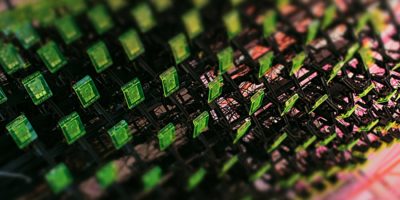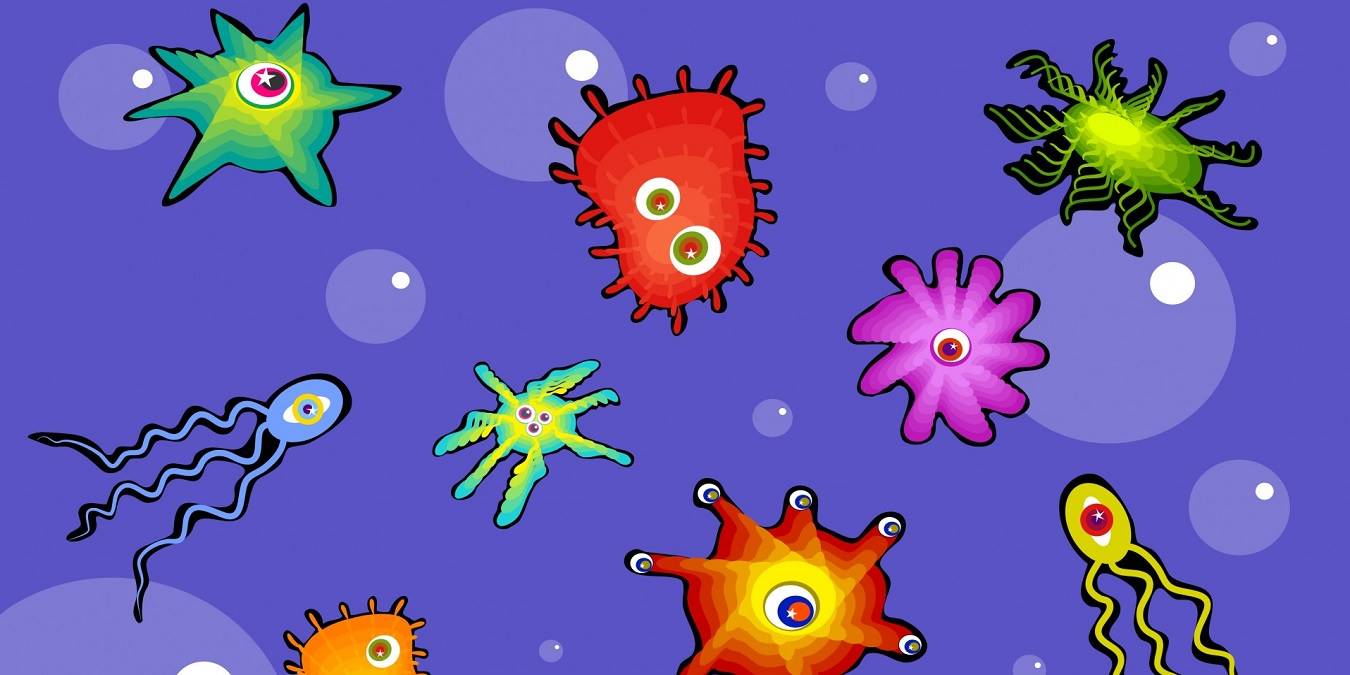
One of the ongoing advances in IoT is the repackaging of devices, chipsets, and sensors in a miniaturized, ultra-low power design. The possibilities are endless: from bumblebees as living drones to super sensors about the 0.005 width of a human hair.
But in terms of smallness, nothing beats the idea of using living biological cells to transmit information as part of an emerging field called Internet of Bio-Nano things (IoBNT). Even the common E. coli and Lactobacillus in the human gut can be used as substitutes for Raspberry Pi – powering tiny, nanoscale objects, of course.
Let’s understand how IoBNT can change the entire field of computer networking.
Understanding the Internet of Bio-Nano Things
Any biological cell or bacteria is the basic unit of life. It has been argued that since the basic structure of a cell is remarkably similar to an IoT device, it can be leveraged for the transmission of data. While it might sound fancy, the analogies are, in fact, based on rigorous IEEE scientific evidence. There is an entire field called synthetic biology where the biological cells are studied similar to integrated electronic circuit designs. Some of its applications include creating biological computers, biosensors, and even synthetic life.
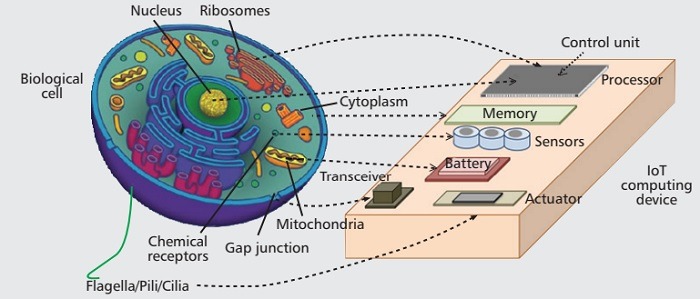
As shown in above diagram, the nucleus, and ribosomes of such a biological cell correspond to the control units or processors of an IoT object. The cytoplasm is similar to the memory unit, and the chemical receptors work like sensors. A mitochondria works similar to a transceiver and the flagella/cilia to actuators.
Accordingly, the Internet of Bio-Nano things (IoBNT) can be defined as an emerging sub-field of the Internet of things where “nano-scale biological organisms, bacteria, and synthetic organisms” correspond to IoT objects. Thus, they can be adapted to work with the real-world communication mediums, such as the Internet.
Since these living cells already respond to their environment stimuli through electromagnetic fields, light, temperature stresses, and mechanical pressure, they make effective replacements for chip-based sensors due to their added sensitivity.
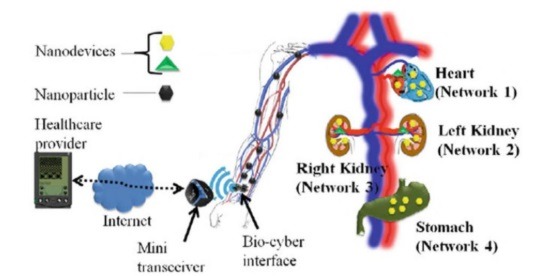
To operate on the scale of IoBNT, a similar architecture is used as our physical world – with a difference of course: everything here needs to be miniaturized. For example, a microchip implant in a human body as part of healthcare provider tracking would include nano routers, nano sensors, mini transceivers, and bio-cyber interfaces. Not every networking engineer can work at this scale; therefore, the field of IoBNT usually is the domain of biotechnologists.
Applications of IoBNT
As discussed above, IoBNT devices will find continuous use in healthcare monitoring systems. Owing to their nanoscale design, they are really useful for preventing drug overdoses, toxicities, and harm to healthy cells. The biosensors-based IoBNT smart drugs can be used to directly treat the infected cells by locating them instead of the neighboring cells.
Other effective uses of IoBNT include pollution tracking and control devices, especially environmental control of toxic agents in industries.
In one case, researchers Raphael Kim and Stefan Poslad from Queen Mary University, London, have suggested that E.coli, a common bacteria in the human gut, can be redesigned as a “Raspberry Pi.” A company called Amino Labs has used such a Pi module to create E.coli that enables different colored proteins.
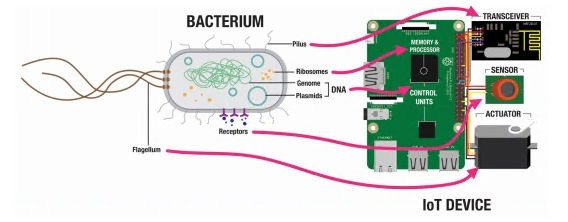
At the moment, IoBNT is an evolving field for medical IoT companies. From pacemakers to wearable health monitors and life-sustaining drugs being administered to patients, the field has a lot of promise. Despite being a new scientific research area, IoBNT can fundamentally change the way we view electronic networks and integrated circuits.
Image credit: Bacteria
Get the best of IoT Tech Trends delivered right to your inbox!




